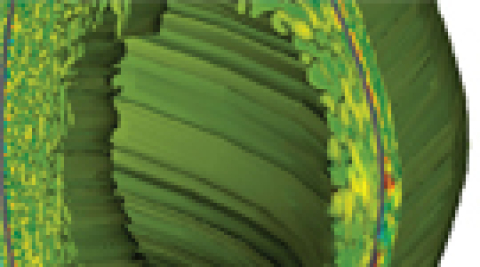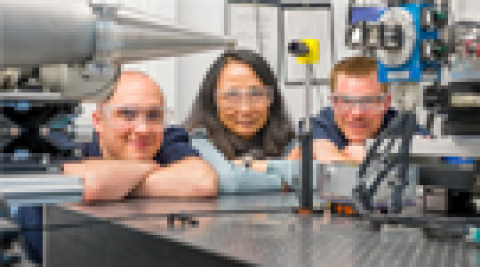Guided by data from new high-precision measurements, physicists develop a universal function that suggests that proton-neutron pairs in the nucleus ma
A novel experiment at the U.S. Department of Energy’s (DOE) Princeton Plasma Physics Laboratory (PPPL) has demonstrated the validity of a widespread t
40 Years of Basic Energy Sciences at the Department of Energy

To design future fusion reactors, scientists needed to go back to the very basic principles of physics.

More than 14,000 middle- and high-school students from around the country will participate in fast-paced competitions covering all areas of science
Berkeley Lab researchers uncover insights into superconductivity, leading potentially to more efficient power transmission.

To better understand how damage from high-energy X-rays affects imaging, researchers shot the most powerful X-ray laser in the world at a series of

When looking to understand how a promising catalyst splits water, scientists got more than they expected.
SLAC’s X-ray laser captures all four stable states of the process that produces the oxygen we breathe, as well as fleeting steps in between.
Argonne researchers have uncovered a new material that can produce both magnetism and superconductivity.

